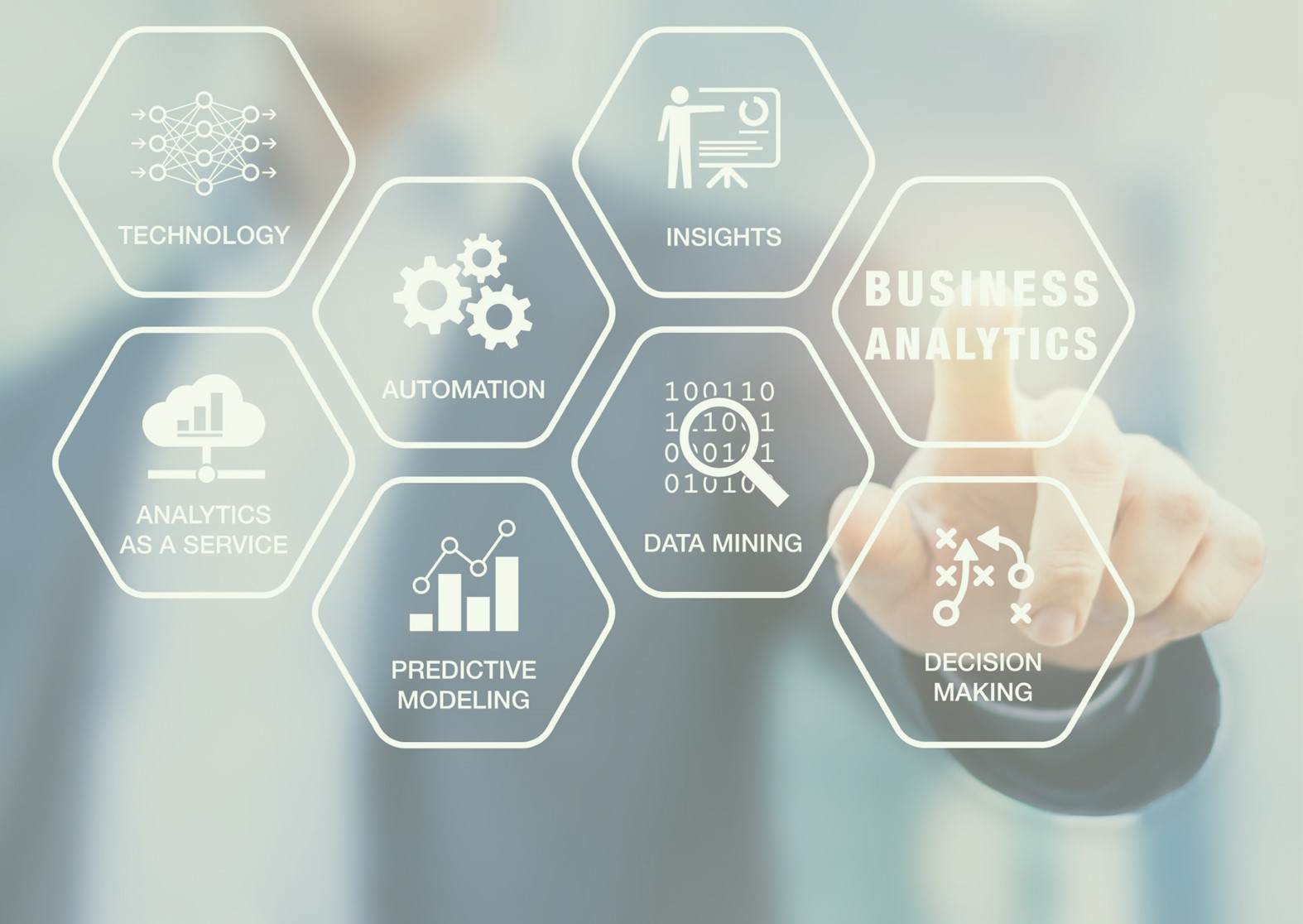Data Driven Decision Making
There is a desire across all industries to make business decisions based on facts rather than opinions. This is commonly referred to as Data Driven Decision Making (DDDM) and relies on two essential criteria of accuracy and timeliness of data.
A two-pronged approach is employed, looking from the ‘top down’ and ‘bottom up’:
- Top Down - Working with managers to understand what data/information/KPIs they desire
- Bottom Up - Looking at the transactional source systems to determine what data is currently available
From this, the framework and architecture is designed, including defining the overarching technology across these three areas:
i. | Data Visualisation - the tools that Data Consumers use to analyse the data to provide insights | |
ii. | Data Warehousing - the specific Data Warehouses (and/or Data Lakes) that will contain the cleansed data from source transactional systems | |
iii. | Data Processing - orchestrates the Extract, Transform, and Loading (ETL) of data from source transactional systems to the Data Warehouses and Data Lakes |
We will design the framework and architecture that best suits your business and current suite of source transactional systems and then implement this, providing full training and support.
Ongoing enhancement of a DDDM / Enterprise Reporting Solution is best managed with an agile methodology, delivering small and frequent improvements for continuous enhancement.
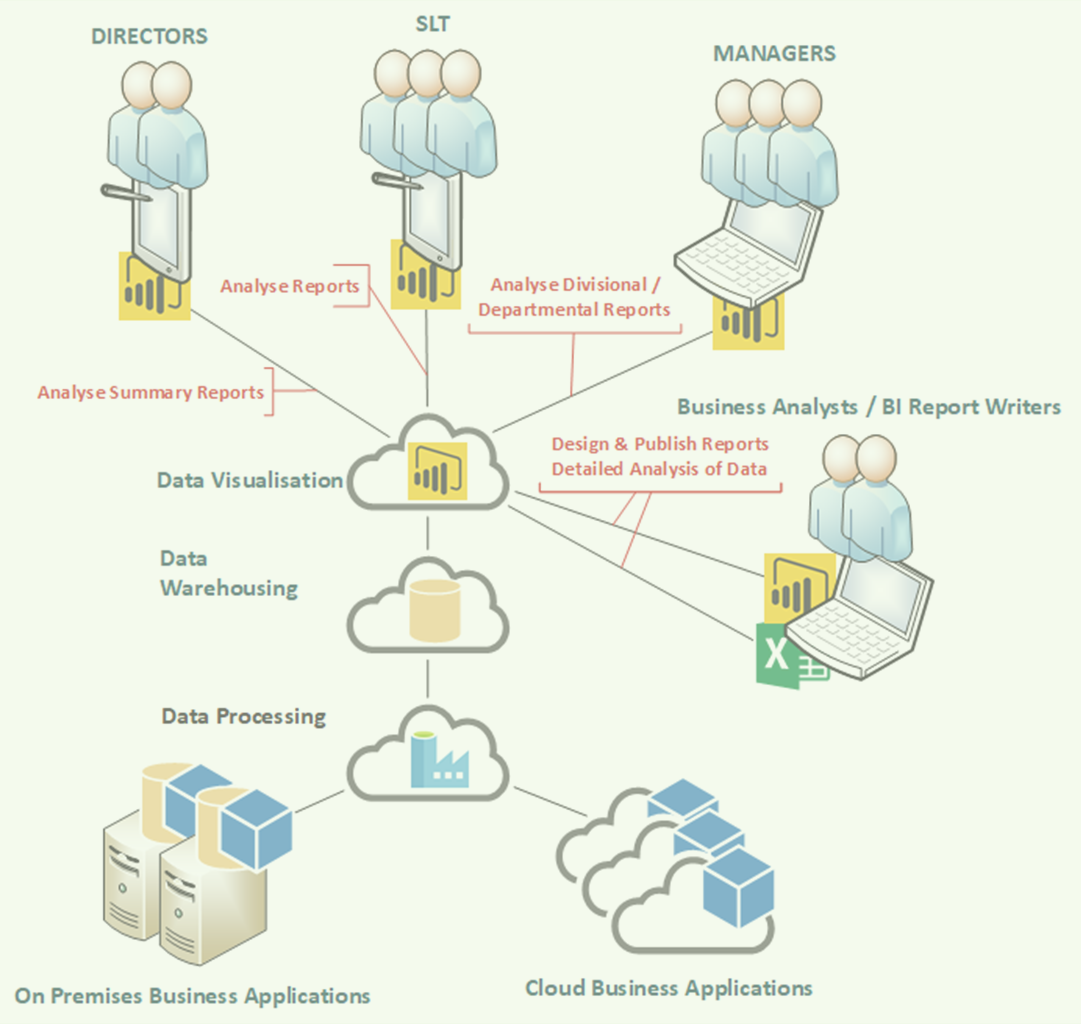
Data Visualisation
There are various Data Visualisation tools, including Tableau (by Salesforce), Highcharts (JavaScript Library), Looker Studio (by Google), Microsoft Excel and Power BI, which provide business insights by generating informative tables and charts. Most businesses are familiar with Microsoft Excel, meaning implementing Power BI is often a natural progression, with Power BI being a leading Data Visualisation tool. In any Enterprise Reporting Solution, it is the Data Visualisation tools that will have the most users, so it is important to choose tools that will be user-friendly for the Data Consumers.
Multiple Data Visualisation tools can be used, with an important point being that these tools DO NOT store the data, but instead use common Data Warehouses or Data Lakes to ensure reporting consistency without repetition.
We will help you choose the appropriate Data Visualisation tools for your business and assist you with the implementation of these including full training and support to the users or Data Consumers.
We will empower members of your own team to become Business Intelligence Report Writers, giving them the training and support to enhance and extend data visualisations for the wider Data Consumers.
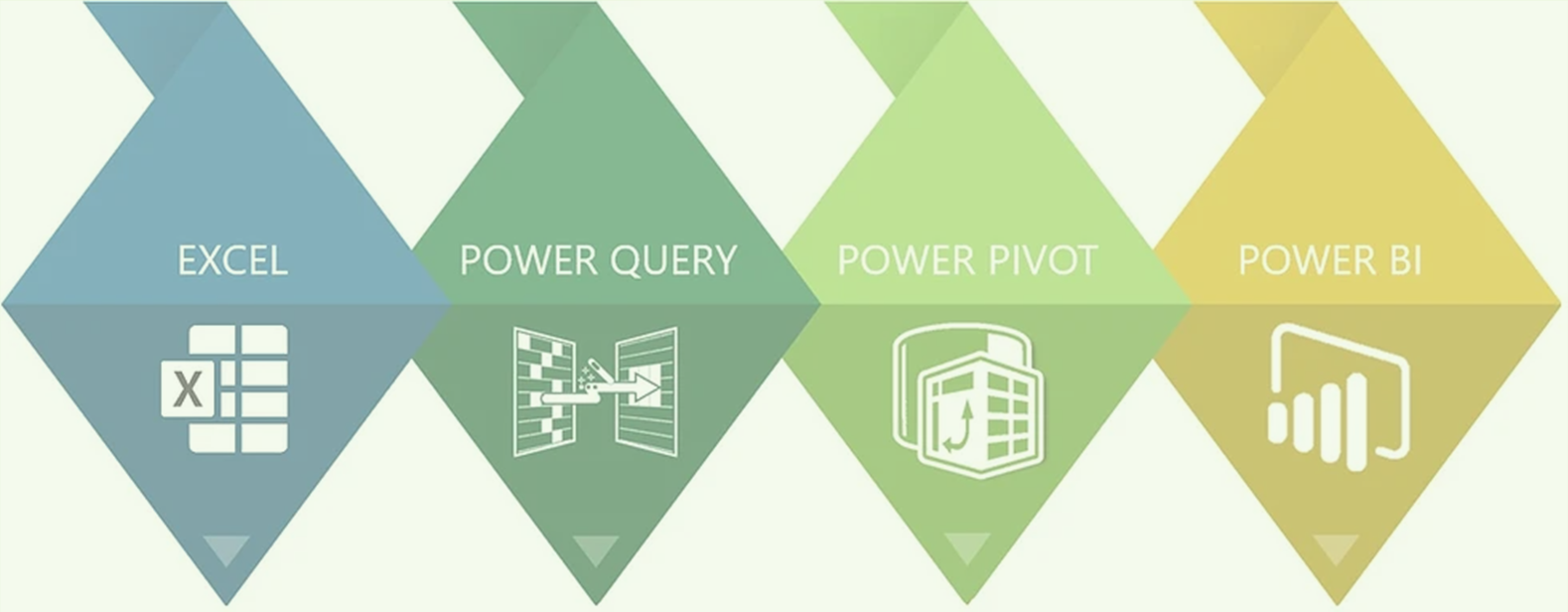
Data Warehousing
Most businesses have multiple separate systems used for various business functions such as Sales, Purchasing, Payroll and Health and Safety. These separate source transactional systems do not contain the data in a format that allows consolidated reporting across the multiple systems. Data Warehousing enables storage of data from multiple sources in a structure that facilitates consolidated and inter-related reporting.
Depending on the types of source systems and data types, different Data Warehouses (and/or Data Lakes) will be appropriate. Additionally, the chosen Data Visualisation tools will influence the design of the Data Warehousing.
We will design the architecture that best suits your business and ensure this facilitates seamless integration with the chosen Data Visualisation tools. We will then design and implement the specific structures of the Data Warehouses (and/or Data Lakes) and provide full support and documentation.
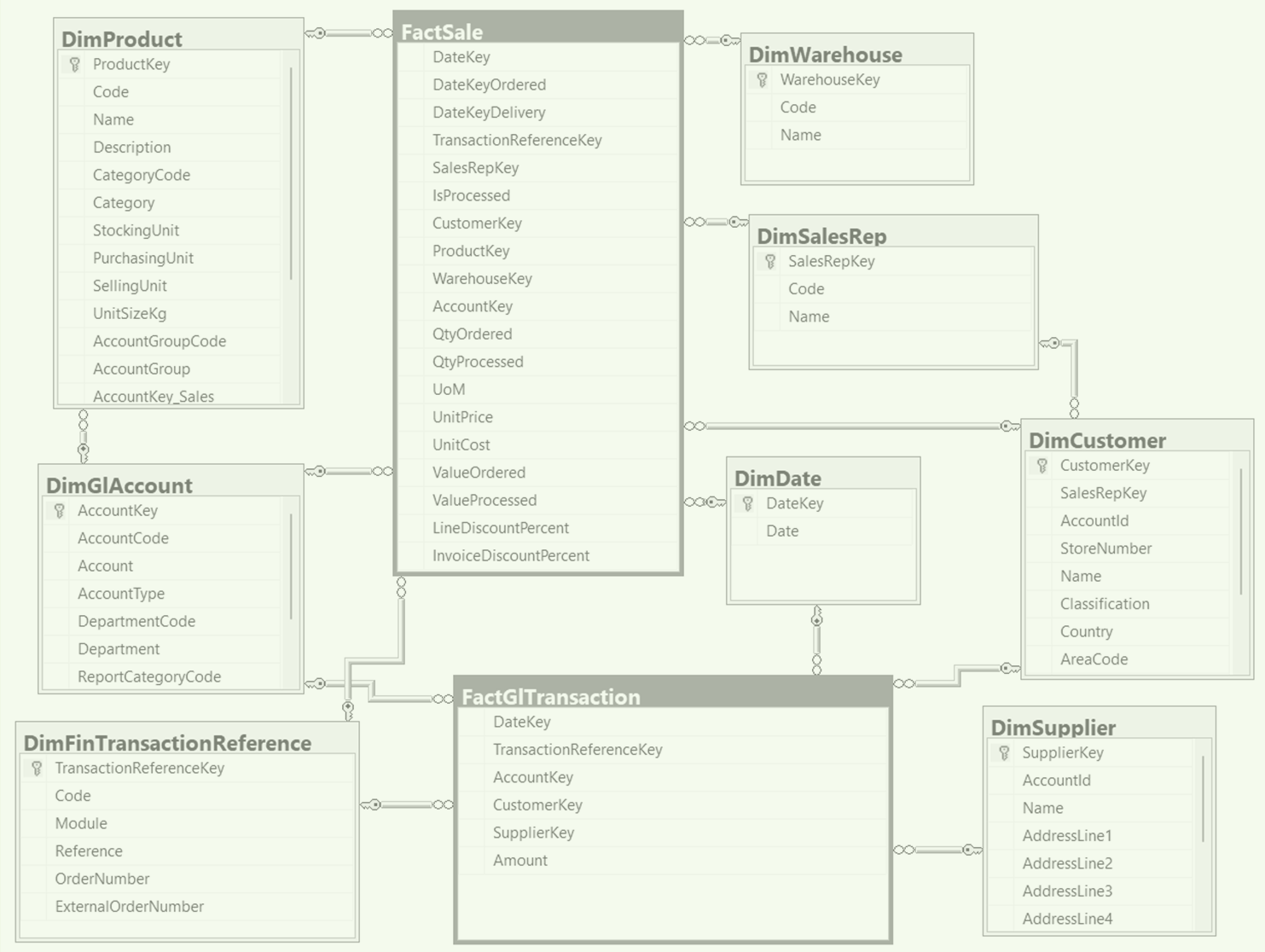
Data Processing
The Data Processing component is the orchestration engine, taking data from the source transactional systems and populating the Data Warehouses. This is not just a copy of the data but includes the important Transform step of the Extract, Transform, and Load (ETL) process. This ensures that the residing data in the Data Warehouses is structured to facilitate the Business Intelligence Report Writing in the Data Visualisation tools.
Depending on the types of source systems and data types, different ETL tools will be appropriate. Additionally, the architecture of the Data Warehouses (and/or Data Lakes) will influence which ETL tools are most appropriate.
We will design the architecture that best suits your business and ensure this facilitates seamless integration between the source systems and Data Warehousing solution. We will then design and implement the specific ETL processes and provide full support and documentation.
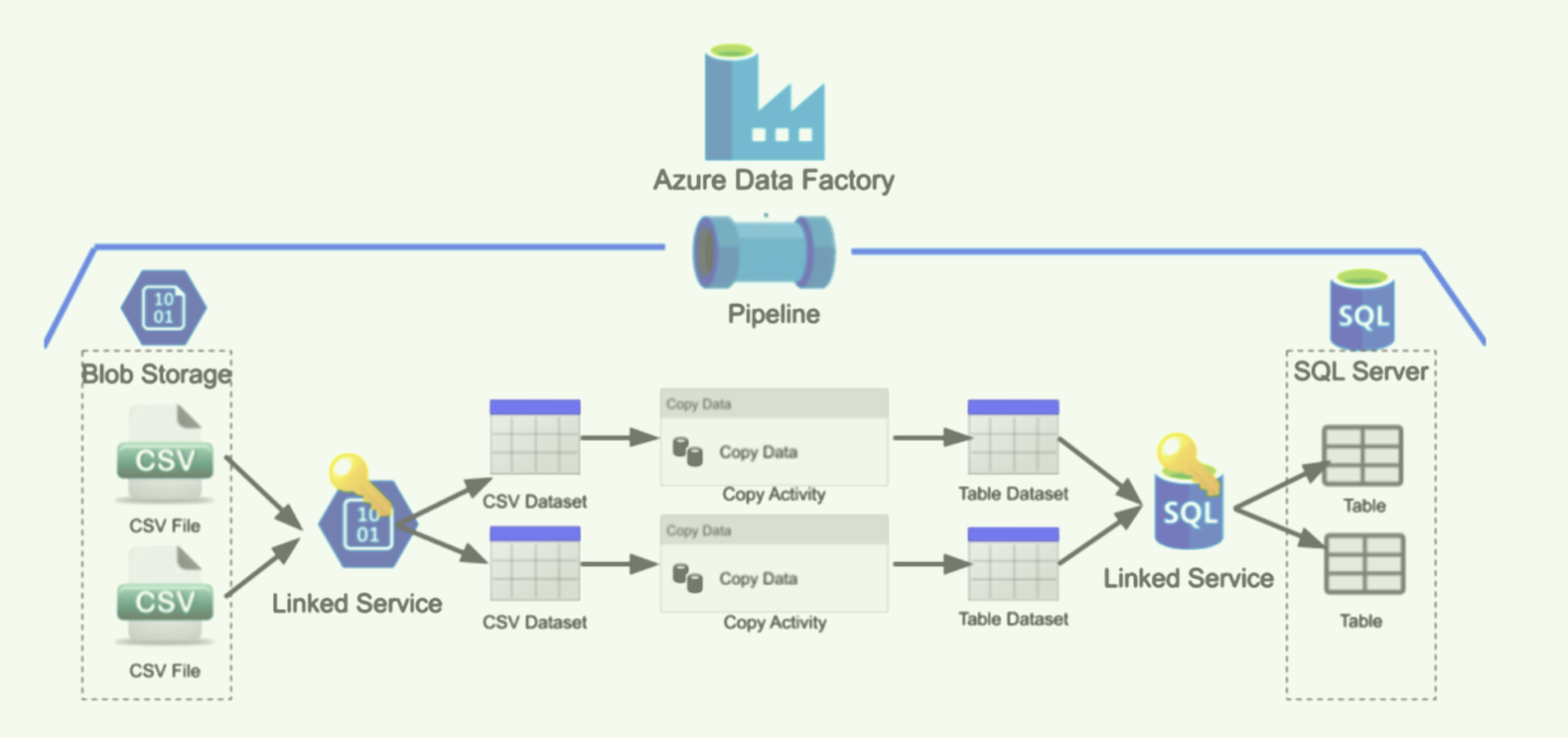
Technologies
Industries We Support
Hospitality
From boutique cafés to large restaurants and hotels, we can help enhance your POS, inventory, and labour management solutions along with improved backoffice and reporting to drive efficiencies as you expand your business.
Tourism
With our head office in the adventure capital of New Zealand, we have plenty of experience in the challenges faced by tourism operators. We specialise in areas such as capacity management, reservation systems, online booking systems, managing risks, hazards and health and safety.
Wineries
Spanning multiple aspects, from viticulture, to processing & production, to sales, there is a need for multiple systems. Engage us to align and integrate your processes to enhance your supply chain management, customer relationship management, inventory & allocation management, warehousing, and dispatch solutions.
Retail
Whether it is a stand alone retail business or part of your larger business, we can help enhance your POS, inventory management, and customer relationship management solutions, along with enhanced automated reporting and integration with other business operational systems.
Manufacturing & Wholesaling
Whether your business is in production and manufacturing, or wholesaling, or both, we can help enhance and integrate your processes and systems. We have delivered solutions that cover various complexities, including inventory control with batch tracking, true landed costs with multicurrency and freight disbursements, and accurate bill of materials including labour and plant utilisation.
Professional Services
Depending on the specific nature of your professional or contracting services, various solutions can help with the smooth running of your business. We understand the needs, being in this sector ourselves and having enhanced solutions for other businesses. We can help enhance your customer relationship management, job management with time and material recoveries, project management both waterfall and agile, and accounting and reporting solutions.
